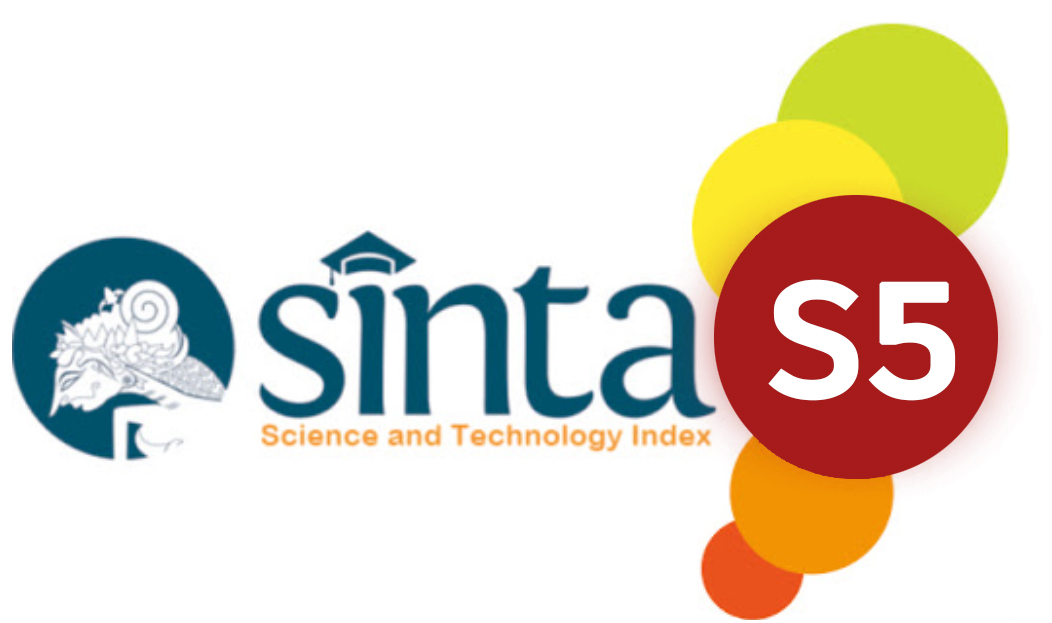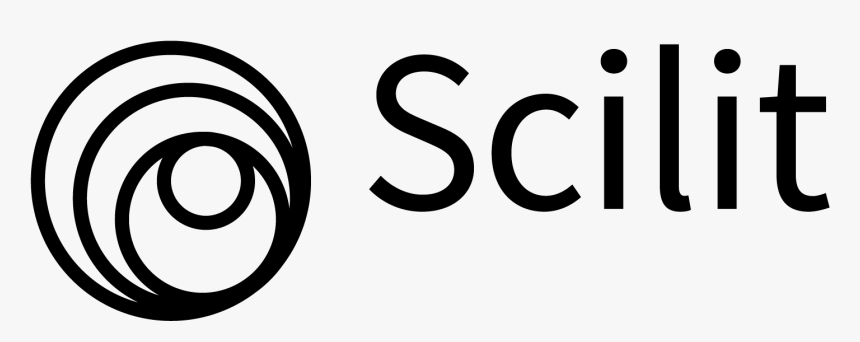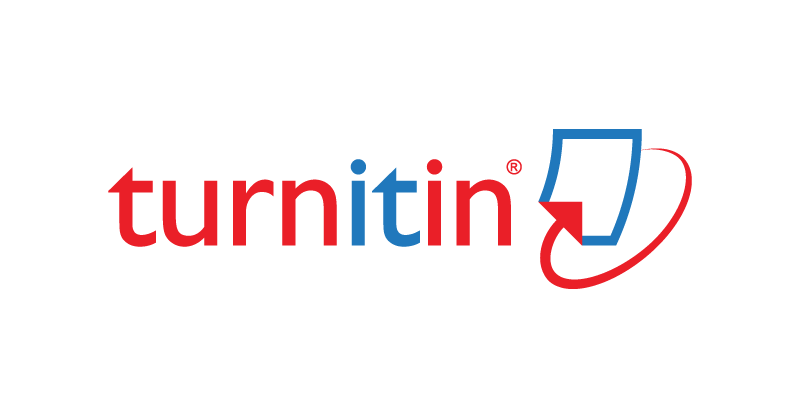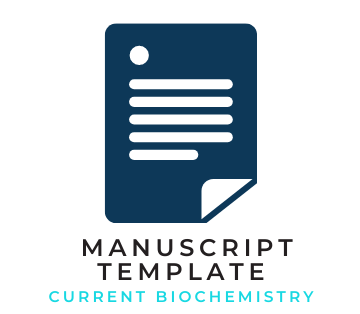Total Phenolic, Anticancer and Antioxidant Activity of Ethanol Extract of <i>Piper crocatum</i> Vahl from Pamekasan and Karang Asem
Abstract
Cancer is a deadly disease that ranks the second after heart disease. One of the causes of cancer is free radicals causing oxidative stress in humans. Antioxidant is compound that can reduce oxidative stress. The antioxidant activity is closely connected with anticancer activity. It is known that in addition to being an analgesic, aphrodisiac of Java chili also has potential as anticancer. This study examined the potential anticancer and antioxidant from the ethanol extract of Java chili from Pamekasan and Karang Asem. The method used in this study began with the extraction of Java chili using ethanol 70 %, phytochemical testing, determination of total phenol anticancer testing using MTT method on MCF-7 breast cancer cell line and antioxidant testing using DPPH. This study uses Java chili extract derived from Pamekasan and Karang Asem. IC50 value of the cytotoxic activity originating from the area Karang Asem amounted to 63.283 ppm and Pamekasan of 83.662 ppm. IC50 value of antioxidants samples derived from Karang Asem area of 285.613 ppm and are derived from Pamekasan amounted to 288.037 ppm.
References
Amrun MH, Umiyah. 2005. Pengujian Antiradical Bebas Difenilpikril Hidrazil (DPPH) Ekstrak Buah Kenitu (Chrysophyllum cainito L.) dari Daerah Sekitar Jember. J Ilmu Dasar, 6(2):110 114.
Aranda et al. 2011. Antimicrobial and Antioxidant Activity of Plants from Northeast of Mexico. Evidence- Based Complementary and Alternative Medicine 2011:6. DOI:10.1093/ecam/nep127.
Badan POM RI. 2010. Acuan Sedian Herbal. Jakarta. Badan Pengawas Obat dan Makanan Republik Indonesia.
Bougand F, Gravol A, Melesi S, Gontier E. 2001. Production of plant secondary metabolites: a historical perspective. Plant Science 161 (2001) 839–851.
Chapdelaine JM. 2001. MTT Reduction- A Tetrazolium- Based Colorimetric Assay for Cell Survival and Proliferation, Aplication Note 5, MAXlineTM.
Chaudhary S. 2015. Evaluation of antioxidant and anticancer activity of extract and fractions of Nardostachys jatamansi DC in breast carcinoma. BMC Complementary and Alternative Medicine 15:50. DOI : 10.1186/s12906- 015-0563-1.
Cutler, SJ., H. Cutler. Biologically Active Natural Products: Pharmaceuticals. CRC Press. Boca Raton. USA 2000;l-13, 17- 22, 73-92.
Dai J, Mumper RJ. 2010. Plant Phenolics: Extraction, Analysis and Their Antioxidant and Anticancer Properties. J mol 15,7313. Doi : 10.3390/molecules 15107313.
Dewoto, H.R. 2007. Pengembangan obat tradisional Indonesia menjadi fitofarmaka. Majalah Kedokteran Indonesia 57(7): 205-211.
Djauhariya, D., Emmyzar, dan F.M. Rachmat. 1992. Pengaruh macam setek dan jumlah ruas terhadap pertumbuhan bibit cabe jawa. Bul. Littro VII(2): 58- 63.
Ekowati H et al. 2011. An Extract of Zingiber officinale and Piper retrofractum Combination and Its effect to Cancer Cell Line. Indonesia J Cancer Chemo 2(1):173-181.
Ekowati H et al. 2012. Zingiber officinale, Piper retrofractum and Combination Induced Apoptosis and p53 Expression in Myeloma and WiDr Cell Lines. J Hayati Biosci 19 (3) 137-140. DOI: 10.4308/hjb.19.3.137.
Evizal R. 2013. Status Fitofarmaka dan Perkembangan Agroteknologi Cabe Jawa (Piper Retrofractum Vahl.). J Agro 18(1).
Harborne JB. 1987. Metode Fitokimia Penuntun Cara Modern Menganalisis Tumbuhan. Penerbit ITB Bandung.
Hasan AEZ, Mangunwidjaja D, Sunarti TC, Suparno O, Setiyono A. 2013. Production of Indonesia Nanopropolis as a Antibreastcancer Agent. [disertasi]. IPB.
Heyne, K. 1987. Tumbuhan Obat Indonesia III. Badan Penelitian dan Pengembangan Kehutanan, Jakarta : 1794-1798.
Istiqomah. 2013. Perbandingan Metode Ekstraksi Maserasi dan Sokletasi Terhadap Kadar Piperin Buah Cabe Jawa (Piperis retrofracti fructus) [Skripsi]. UIN Syarif Hidayatullah Jakarta.
Joy B, Sandhya CP, Remitha KR. 2010. Comparison and Bioevluation of Piper lognum Fruit Extracts. J Chem Pharm Res, 2010, 2(4): 696-706.
Kurniasari L. 2008. Kajian Ekstraksi Minyak Jahe Menggunakan Microwave Assisted Extraction (MAE). [Tesis]. Universitas Wahid Hasyim.
Lee J, Koo N, & Min D.B. (2004). Reactive oxygen species, aging, and antioxidative nutrceuticals. Comprehensive Reviews in Food Science and Food Safety. 3: 21–33.
Paviani L, Sacoda P, Saito E, Cabral F. 2010. Extraction techniques of red and green propolis: extraction yield of phenolic Compounds. State University of Campinas.
Pourmorad F, Hosseinimehr S J, Shahabimajd N. 2006. Antioxidant Activity, Phenol and Flavonoid Contents of Some Selected Iranian Medicinal Plants. J African Biotechnol 5 (11), pp. 1142-1145.
Rice-Evans C.A, Miller N.J, & Paganga, G. (1997). Antioxidant properties of phenolic compounds. Trend Planta Sciences Review. 2: 152–159.
Risky TA, Suyatno. 2014. Aktivitas Antioksidan dan Antikanker Ekstrak Metanol Tumbuhan Paku Adiantum philippensis L. J UNESA Chem 3 No. 1.
Rorong J. A. 2008. Uji Aktivitas Antioksidan dari Daun Cengkeh (Eugenia carryophyllus) dengan Metode DPPH. Chem. Prog.2:111-116.
Selvendiran, K., J. P. Singh, K. B. Krishnan, D. Sakthisekaran, 2003. Cytoprotective Effect of Piperine Against Benzo[a]pyrene Induced Lung Cancer with Reference to Lipid Peroxidation and Antioxidant System in Swiss Albino Mice. J Fitoter, Feb; 74, 1-2, 109-115.
Soleh M. 2003. Pengembangan sistem usaha tani cabe jamu mendukung peningkatan pendapatan petani. Buletin Teknologi dan Informasi Pertanian 6:42-52.
Tjindarbumi D, Mangunkusumo R. 2002. Cancer in Indonesia. Present and Future. J Clin Oncol : 32 : S17-S21.
Tsiapara AV, Jaakkola M, Chinou I, Graikou K, Tolonen T, Virtanen V, Moutsatsou P. 2009. Bioactivity of Greek honey extracts on breast cancer (MCF-7), prostate cancer (PC-3) and endometrial cancer (Ishikawa) cells: profile analysis of extracts. Food Chemistry. 116(3): 702 708.
Utami AWA. 2014. Potensi Ekstrak Bakteri Laut yang Berasosiasi dengan Spons sebagai Antikanker dan Antioksidan. [Tesis]. Institut Pertanian Bogor.
Zubia M, Robledo D, & Freile-Pelegrin Y. (2007). Antioxidant activities in marine macroalgae from the coasts of quintana Roo and Yucatan, Mexico. Journal of Applied Phycology. 19: 449–458.
Zuhra C.F, Tarigan J Br, Sitohang H. 2008. Aktivitas Antioksidan Senyawa Flavonoid dari Daun Katuk (Sauropus androginus (L) Merr). Jurnal Biologi Sumatera 3: 7-10.













